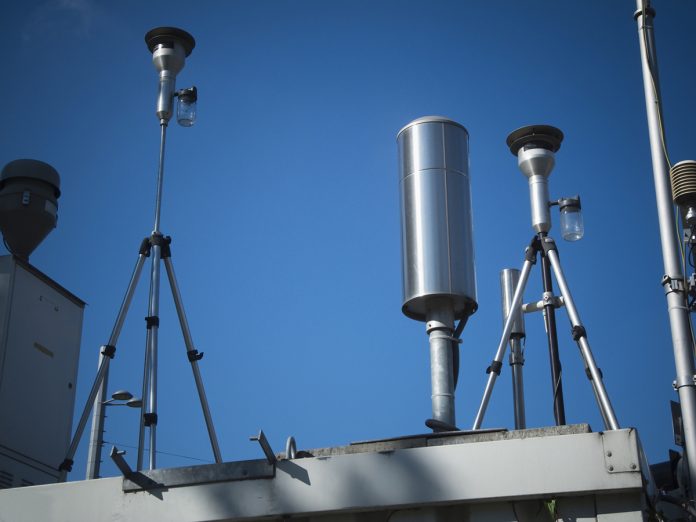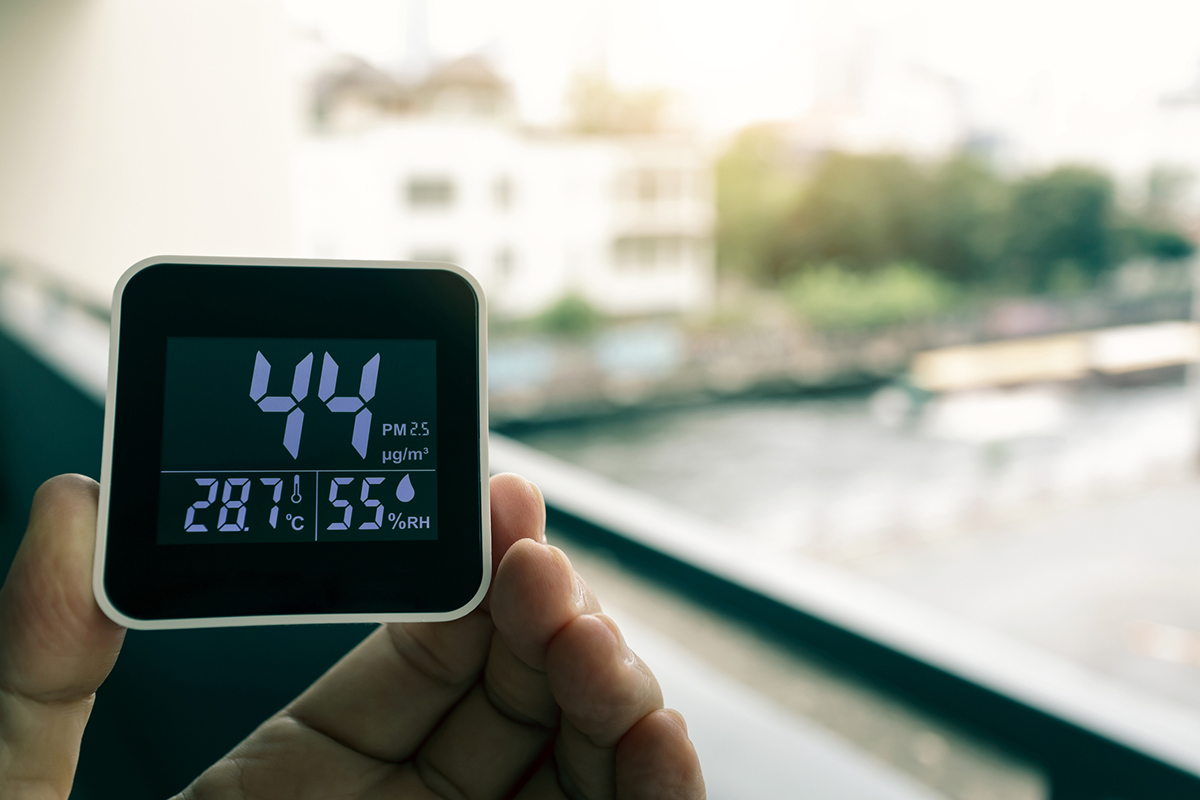Martin Schultz at the Jülich Supercomputing Centre, Forschungszentrum Jülich, Germany, discusses the potential of AI to combat air pollution
Air pollution is still a problem almost everywhere, so researchers investigate using AI to fight air pollution.
Although other environmental topics such as global warming, loss of biodiversity, soil degradation and unsustainable use of freshwater resources have become more prominent in recent years, air pollution has remained an issue which deserves our attention and action.
According to the World Health Organisation, between 3 and 8 million people die prematurely every year, because the air they breathe frequently contains harmful substances which may affect the respiratory system, lead to inflammatory diseases or impact the human immune system.
Despite several regulations that aim to reduce emissions of air pollutants and put limits on the levels of ambient air pollutant concentrations, measurements across Europe still regularly exhibit concentration levels beyond the threshold values that are deemed safe for human health and food production.
Other world regions face even larger problems; sometimes the pollution in the megacities of Southern and Eastern Asia, Africa and South America is so severe that it is almost impossible for people to go about their work or navigate through the streets.
We are therefore advised to continue and even expand the monitoring of air pollution and further develop the tools we need to analyse these measurements and make predictions of air pollutants so that vulnerable people can be warned and countermeasures can be taken. In this article, we will see how we can use AI to fight air pollution.
We have a lot and yet too little data about global air pollution
Artificial intelligence is data-hungry and for building good AI tools it is necessary to understand what data is available and what information this data contains. Since the 1980s, several world regions established air pollution monitoring networks including fixed stations and mobile platforms.
The database of the Tropospheric Ozone Assessment Report (TOAR) hosted at Forschungszentrum Jülich in Germany contains data from over 14,000 air pollution measurement sites around the world. The data from these stations are supplemented with information obtained from satellites. While this description of the global air pollution monitoring network would suggest that we have rather complete information about air pollution in the world, this impression is misleading.
Satellite instruments, although they have global coverage, don’t measure frequently enough and have limited precision for measurements near the Earth’s surface where humans breathe the air. Many world regions have hardly any air quality monitoring stations and even in Europe, where the station network is relatively dense, there are usually some ten if not a hundred kilometres distance between neighbouring sites.
AI can play a role in expanding the global air pollution monitoring network, for example as a means to interpret the measurement signals obtained from modern low-cost sensor devices. Such devices may be used to fill monitoring gaps if they are used in context with measurements from traditional stations.
AI can help analyse and predict air pollution
Interpretation and forecasting of air pollution currently require complex numerical models (so-called chemistry transport models) which simulate weather and air pollution chemistry with computer codes encompassing many thousand lines and running on the world’s largest supercomputers.
Using AI for these purposes poses several challenges that differ from the issues commonly seen in other AI applications. AI methods have first tested in the context of local air quality forecasts in the 1990s. At the time, the machine learning algorithms and computational capacity were about a million times less powerful than today and so machine learning results were only marginally better than results obtained with classical statistical methods if at all.
After 2012 when so-called convolutional neural networks led to breakthroughs in typical AI tasks such as image recognition, atmospheric scientists also became again interested in AI. Since 2018 several studies have appeared that demonstrate that advanced machine learning techniques can indeed generate good-quality air pollution forecasts locally.
Machine learning models will soon also provide alternative and computationally much cheaper solutions to forecast air pollution over a region. Our research in the framework of the ERC project IntelliAQ indicates that such systems might work best in a hybrid approach where the weather information is taken from traditional numerical simulations (i.e. weather forecasts), while air quality information is brought in from measurements.
Chances and risks of AI in air pollution management
The combination of low-cost air pollution sensors with AI and hybrid models might offer the potential for much more detailed air pollution maps and therefore much better-targeted mitigation measures compared to what is affordable today.
In combination with physiological sensors and medical information systems, AI-based pollution monitoring may eventually allow for direct measurements of inhaled pollutant doses which could help vulnerable persons to better plan their outdoor activities and avoid hazardous environments. Indeed, several companies in Europe and elsewhere are already advertising AI-based air quality information.
However, at this point, the quality of such systems is often questionable and there is little information available on how well they work in practice. As in other application areas, the greatest danger of AI solutions arises when they are blindly trusted. It is thus important that we develop a good understanding of the capabilities and limitations of AI-based air quality monitoring systems and that we remain in control of our actions.

This project has received funding from the European Union’s HORIZON 2020 Research programme under the Grant Agreement no. 787576.
Please note: This is a commercial profile














AI can be effective to fight air pollution.